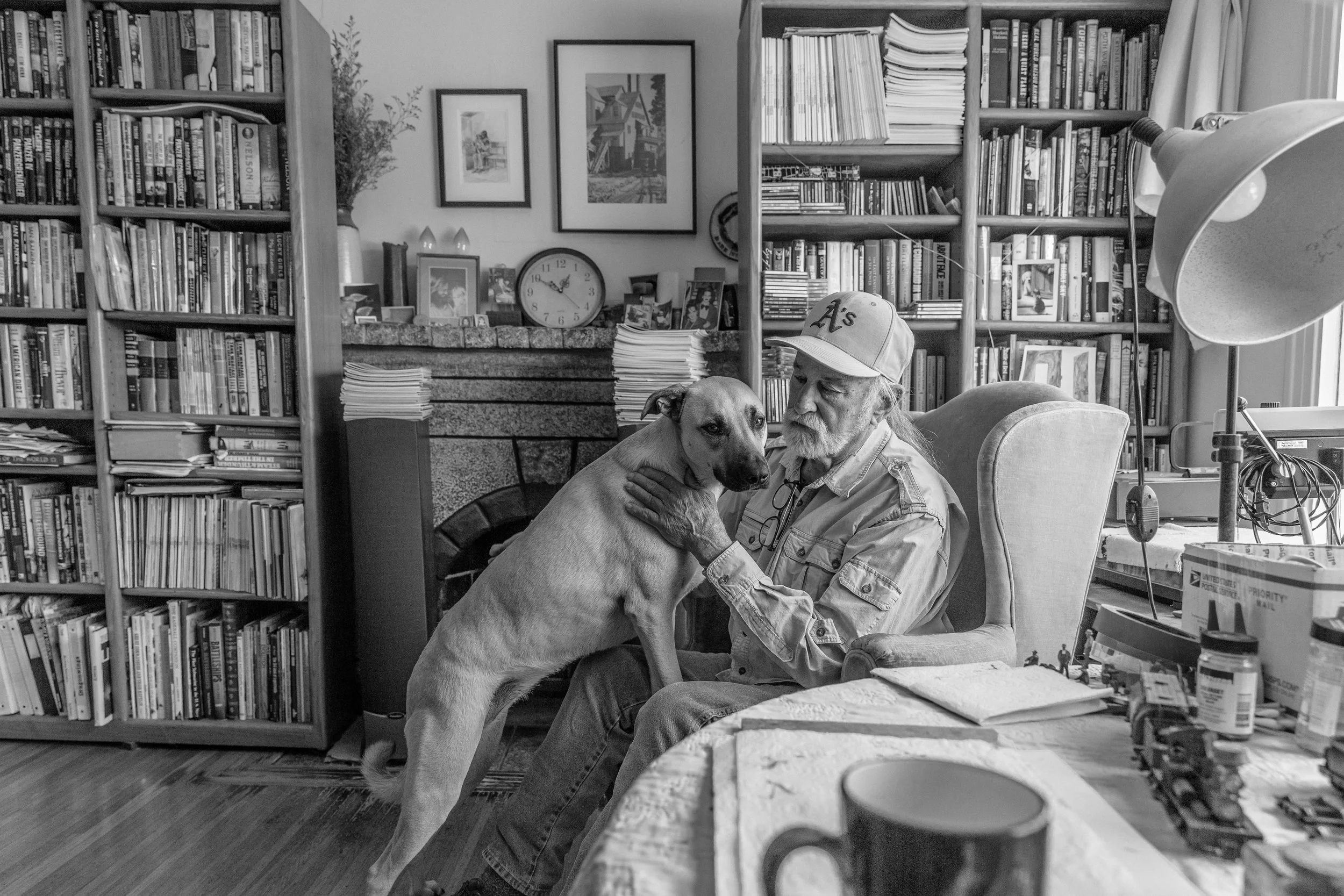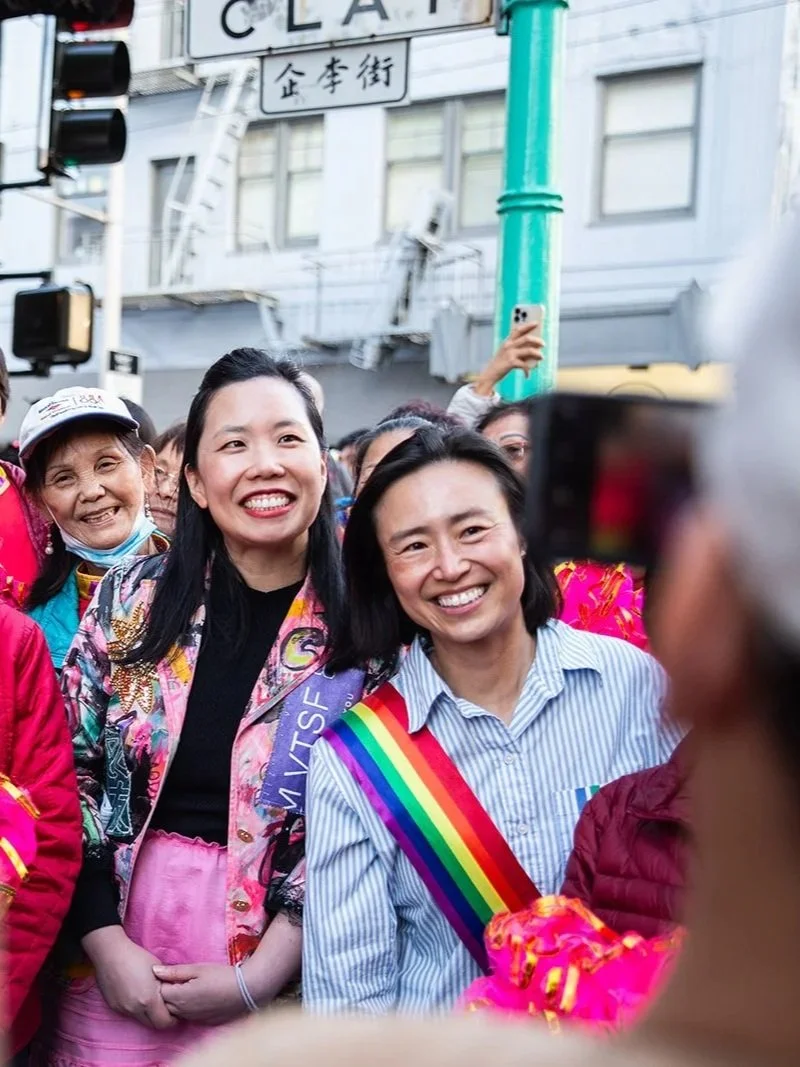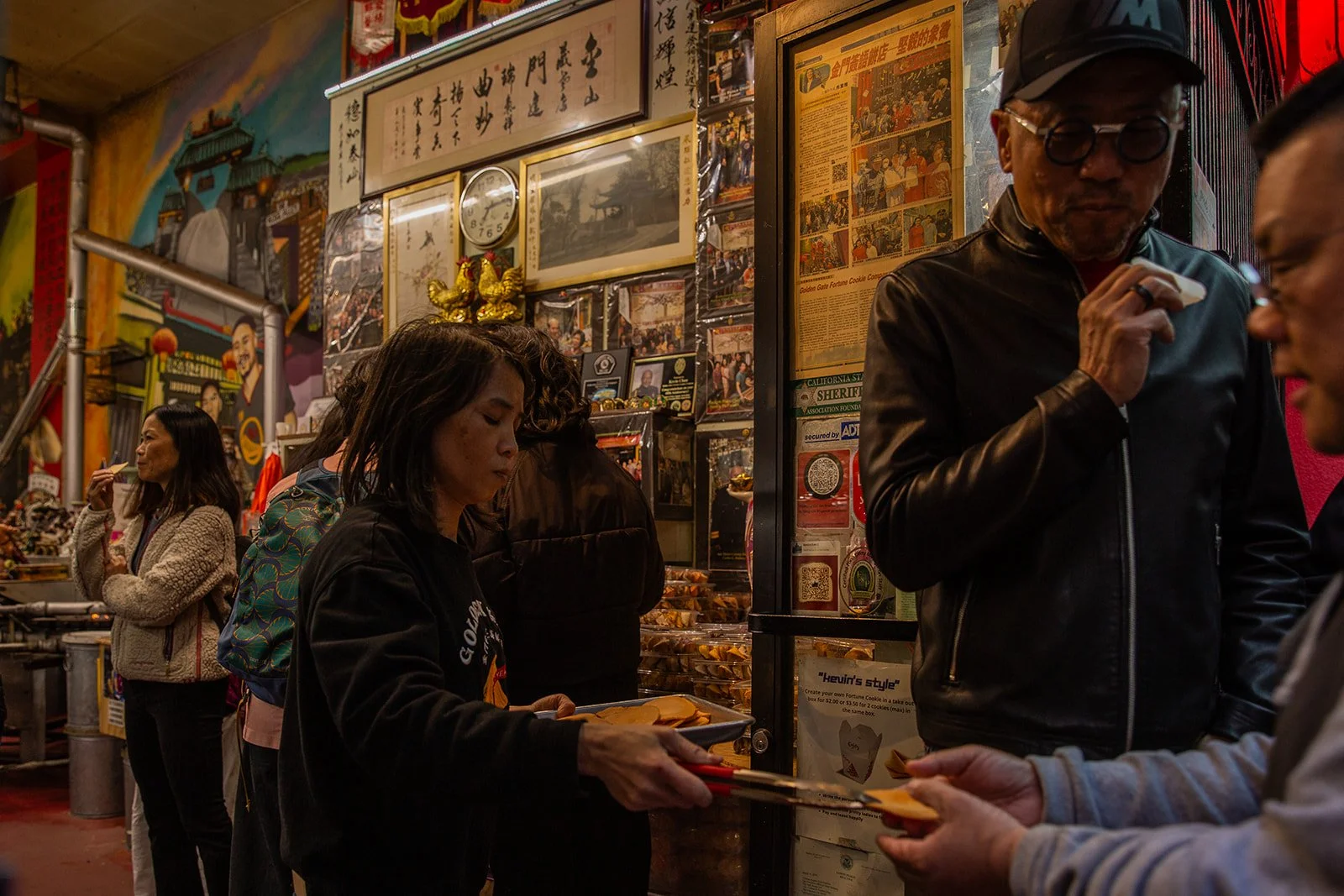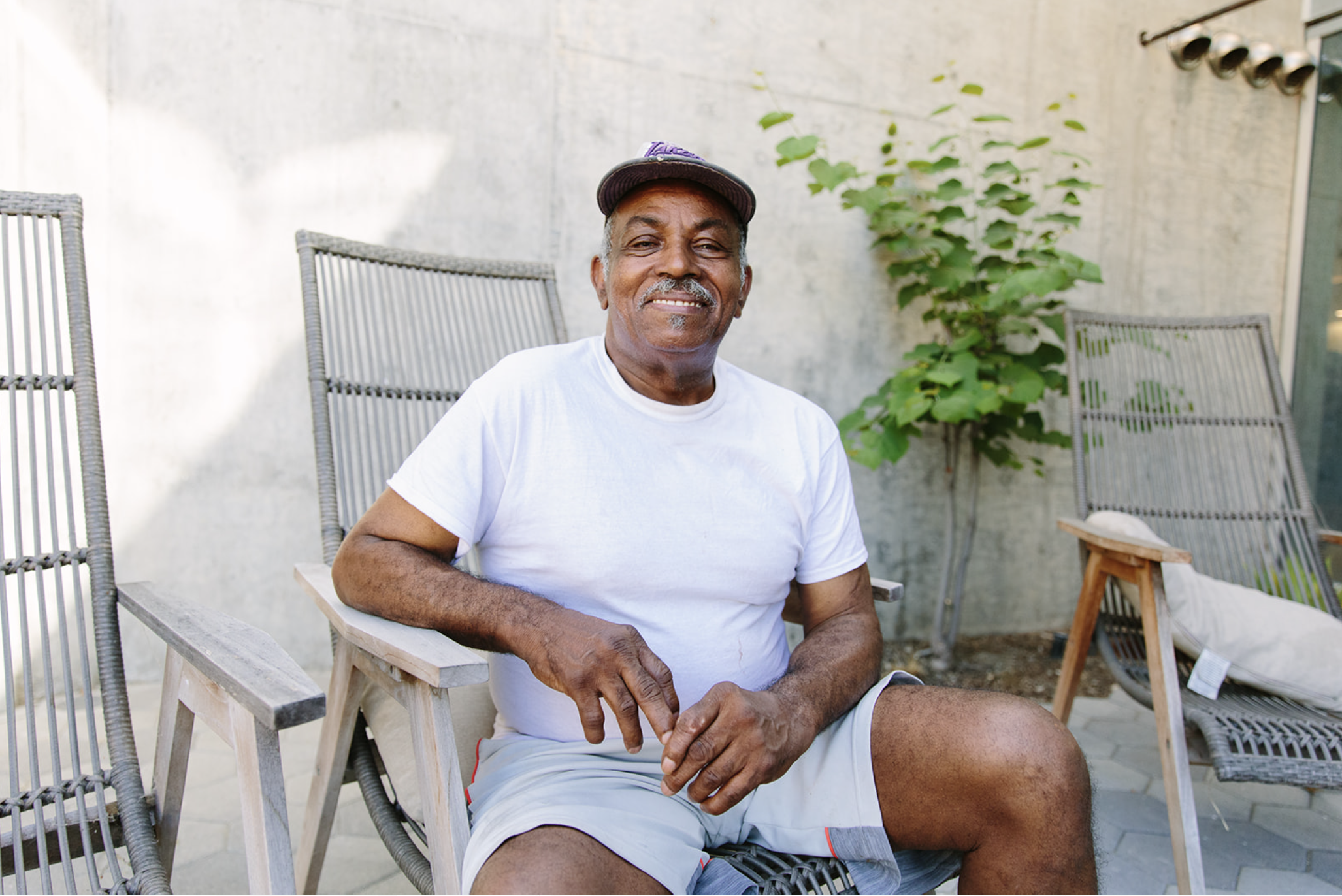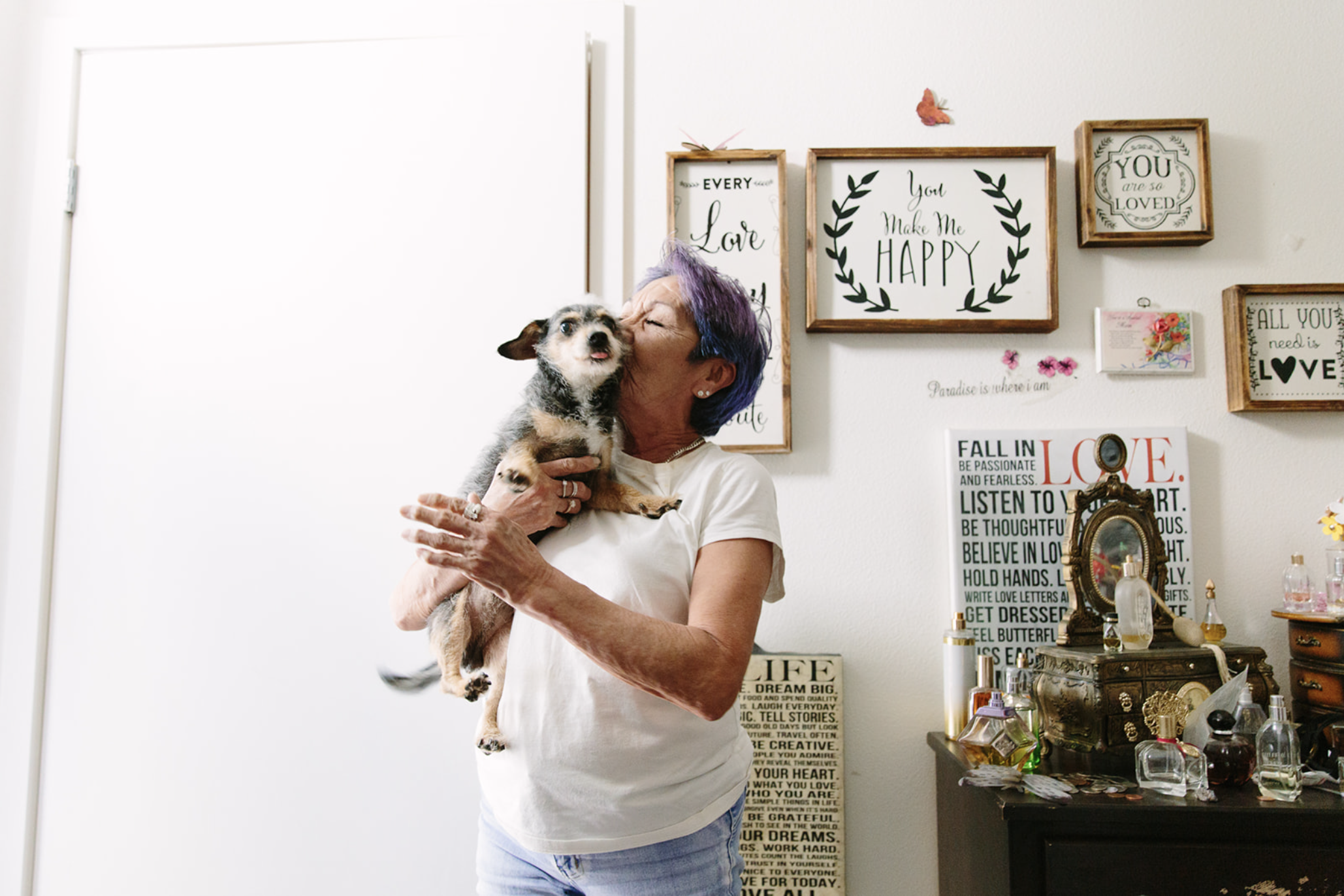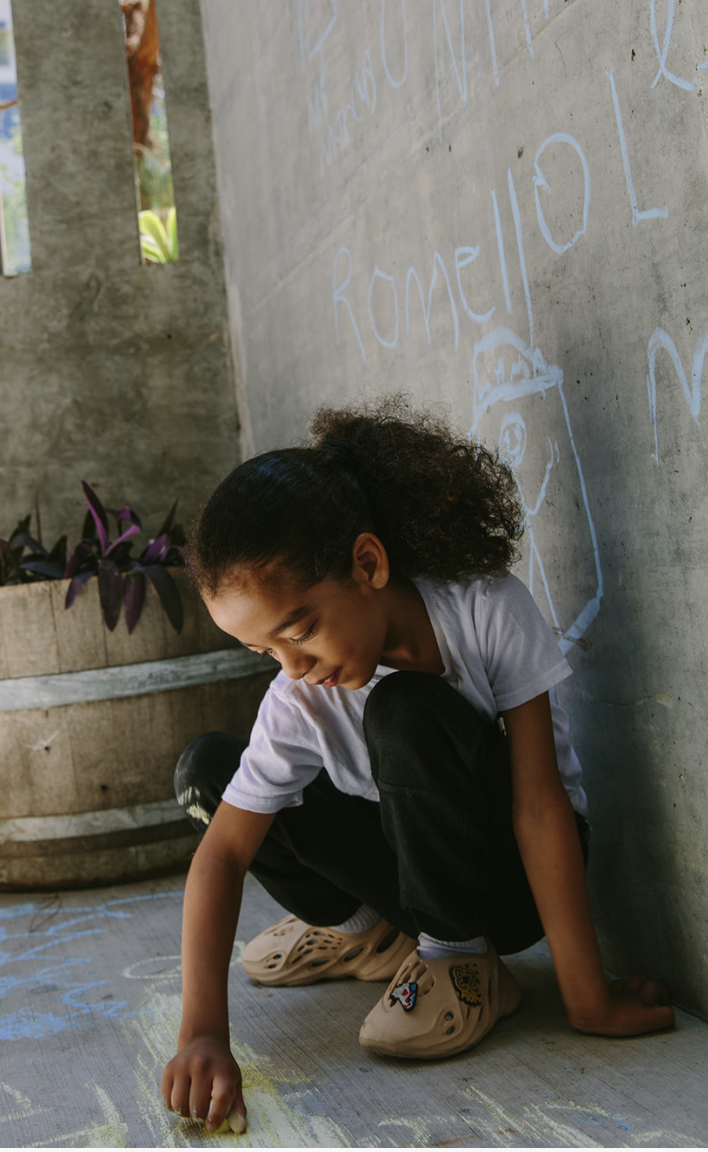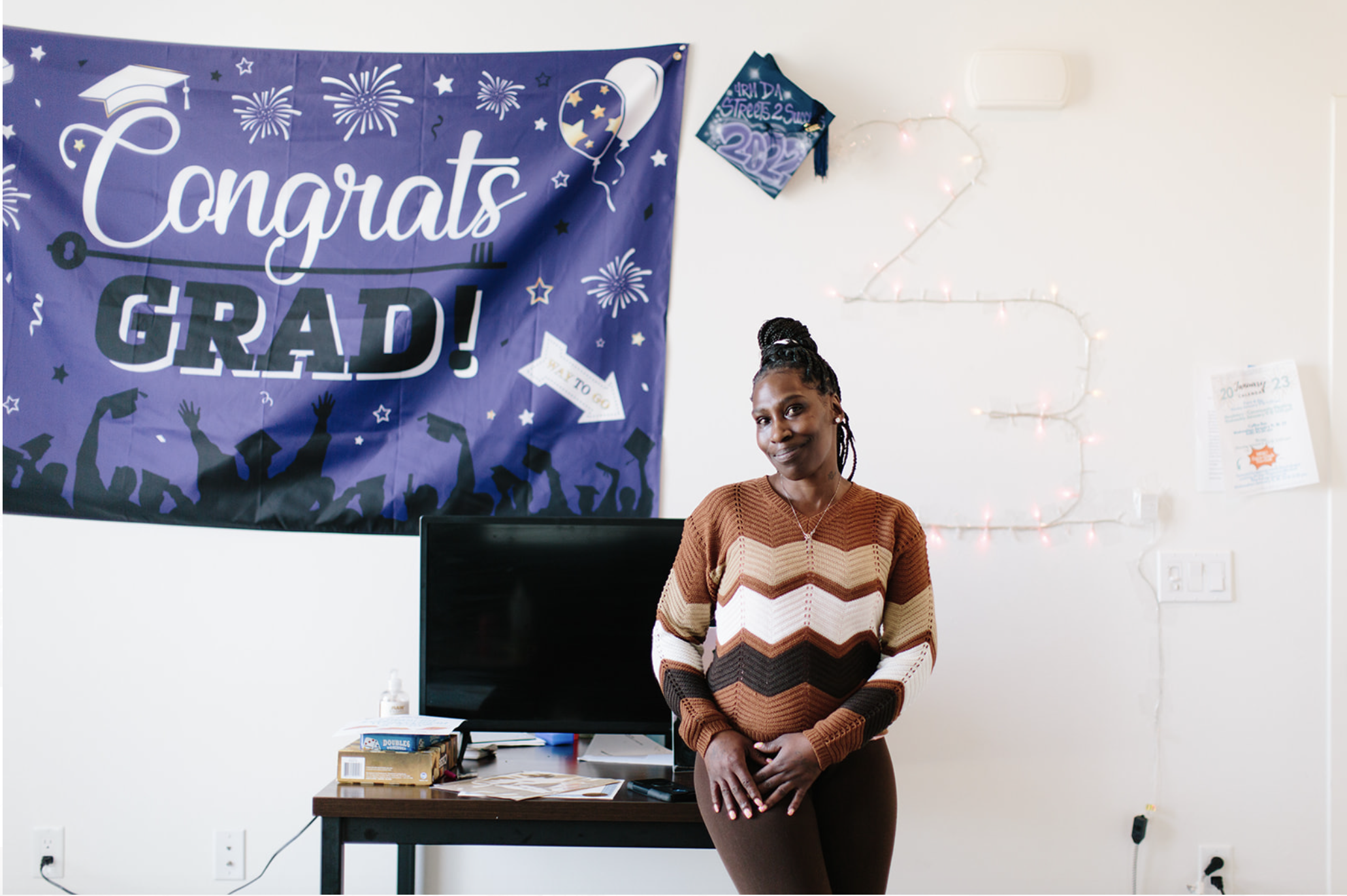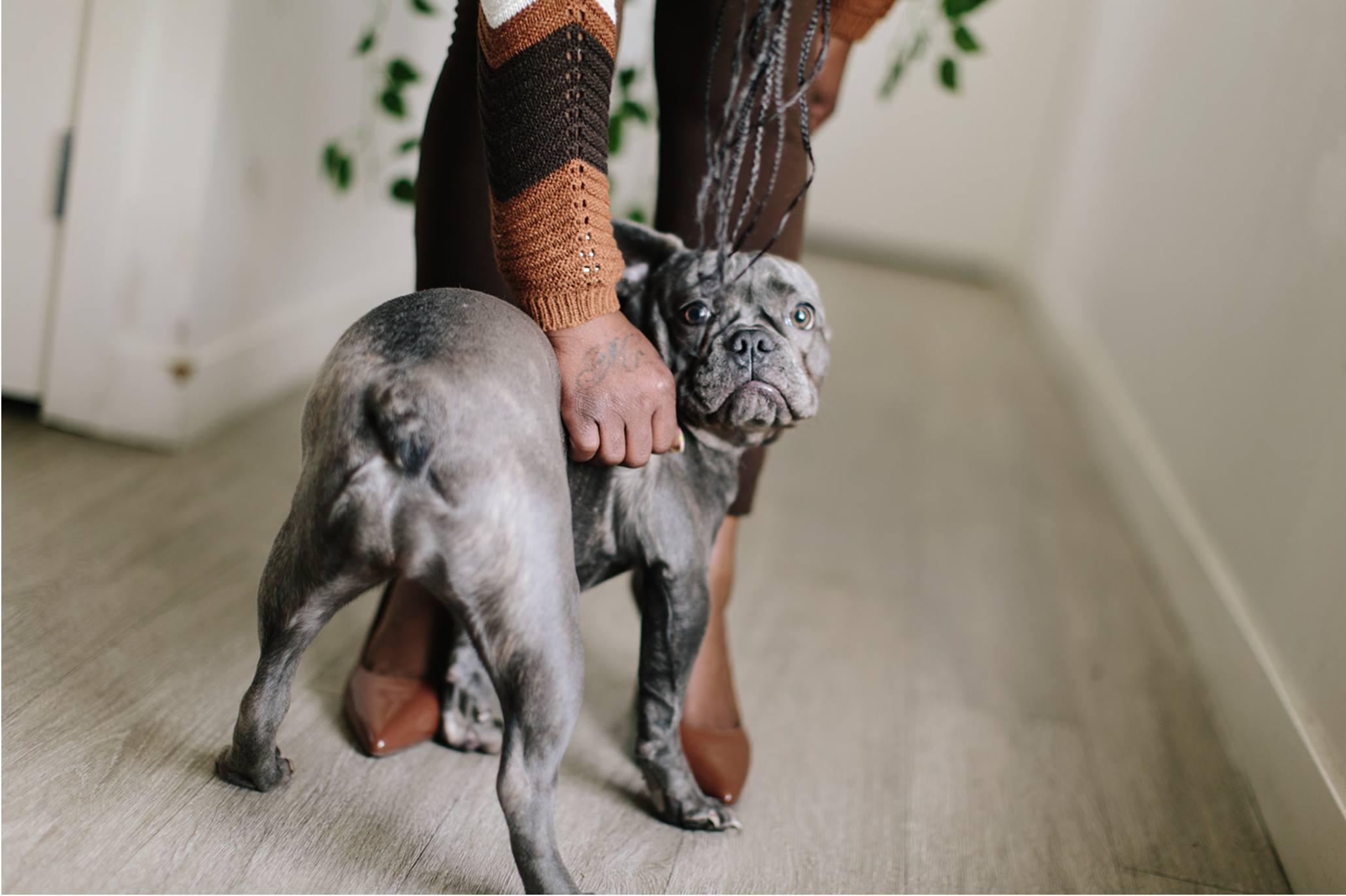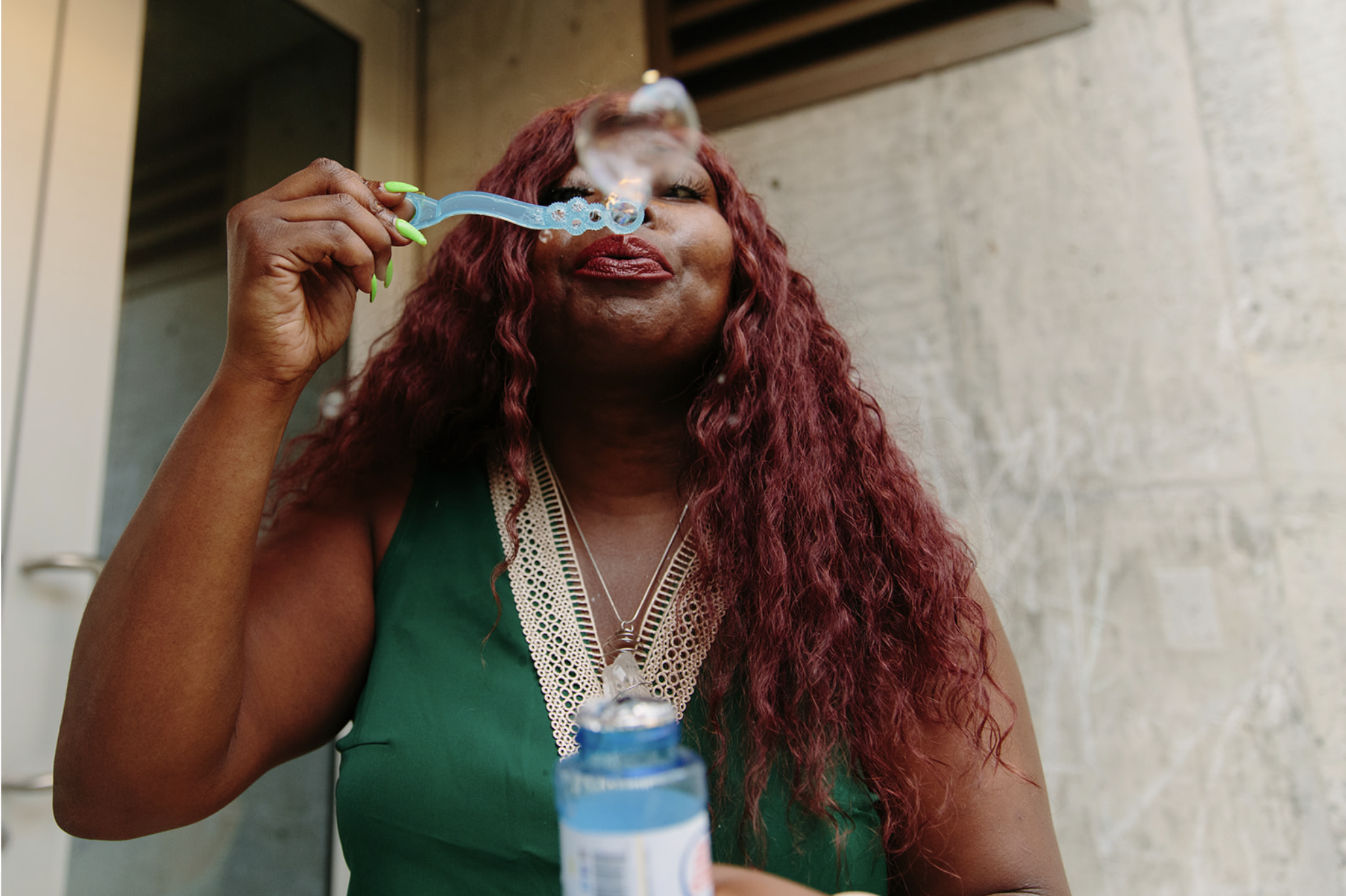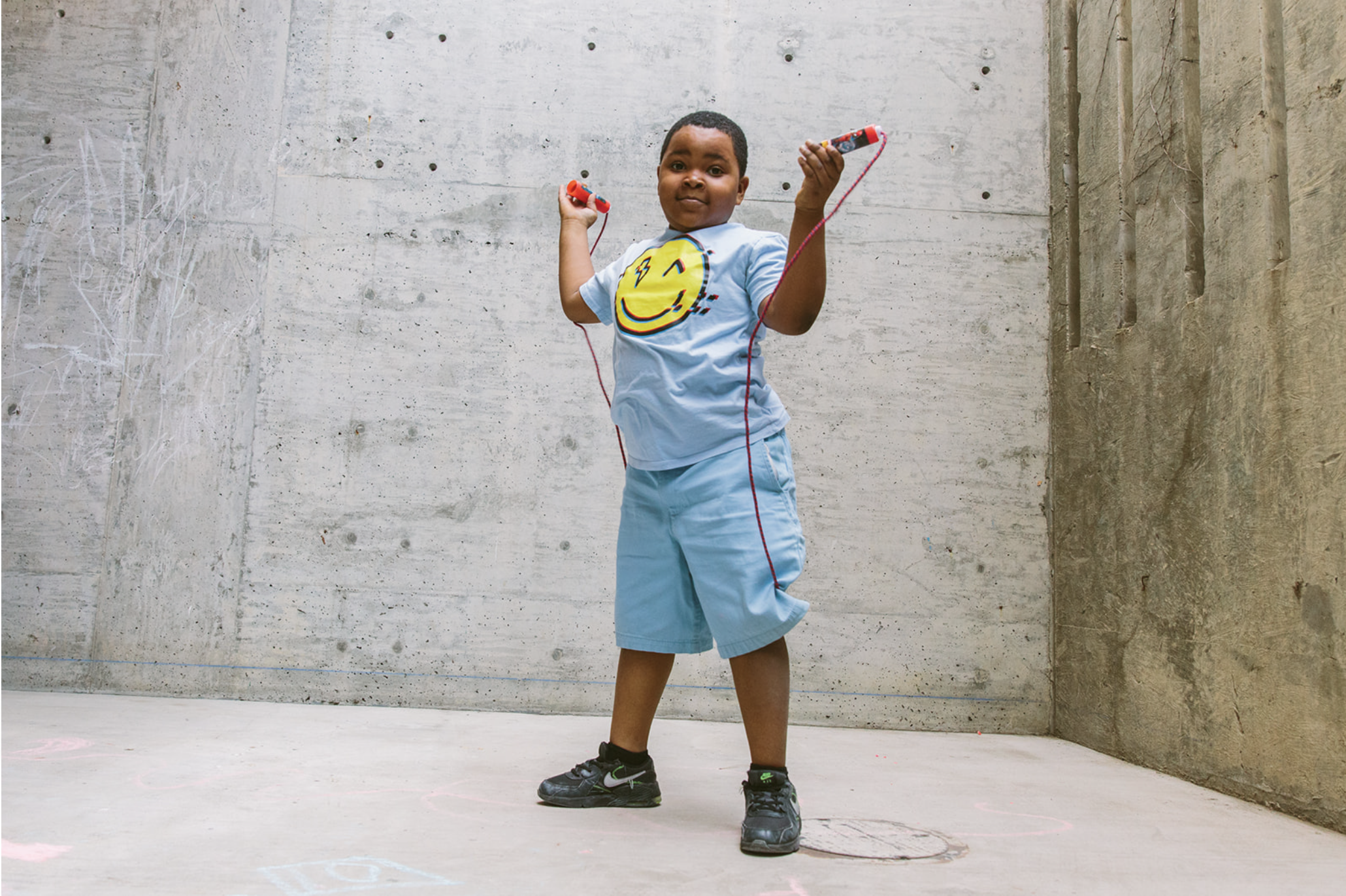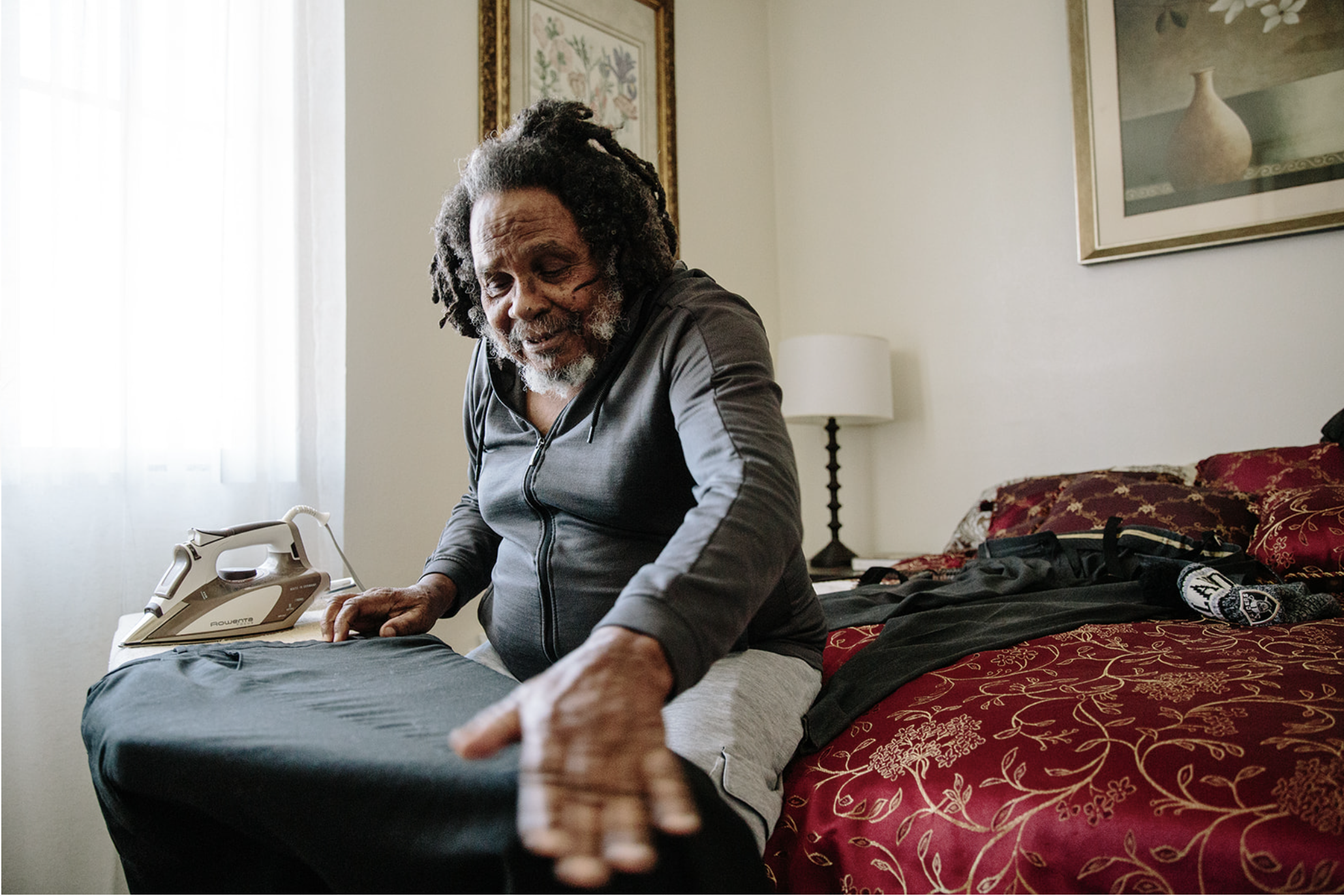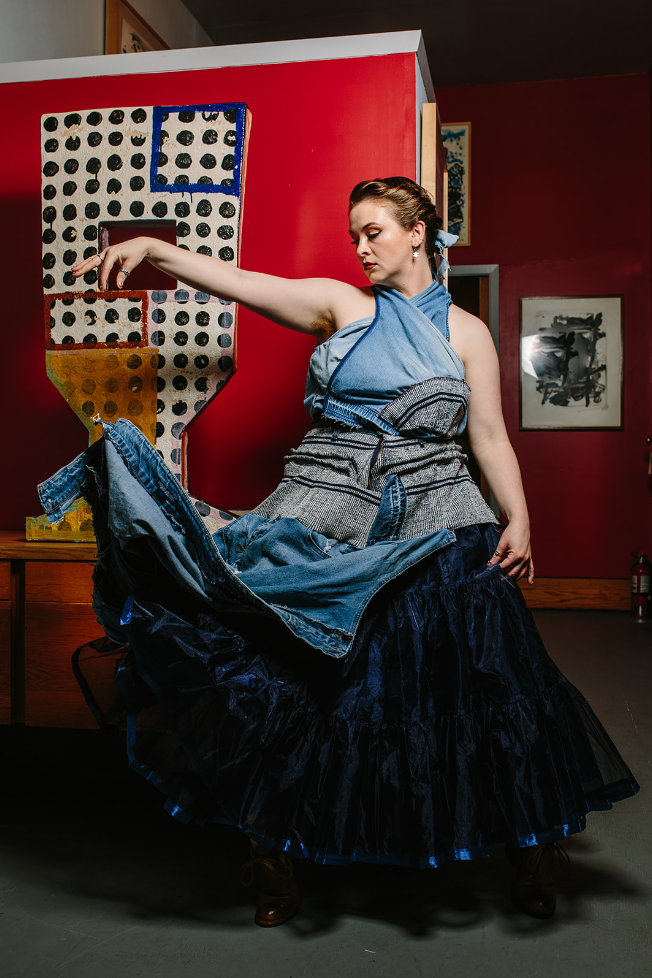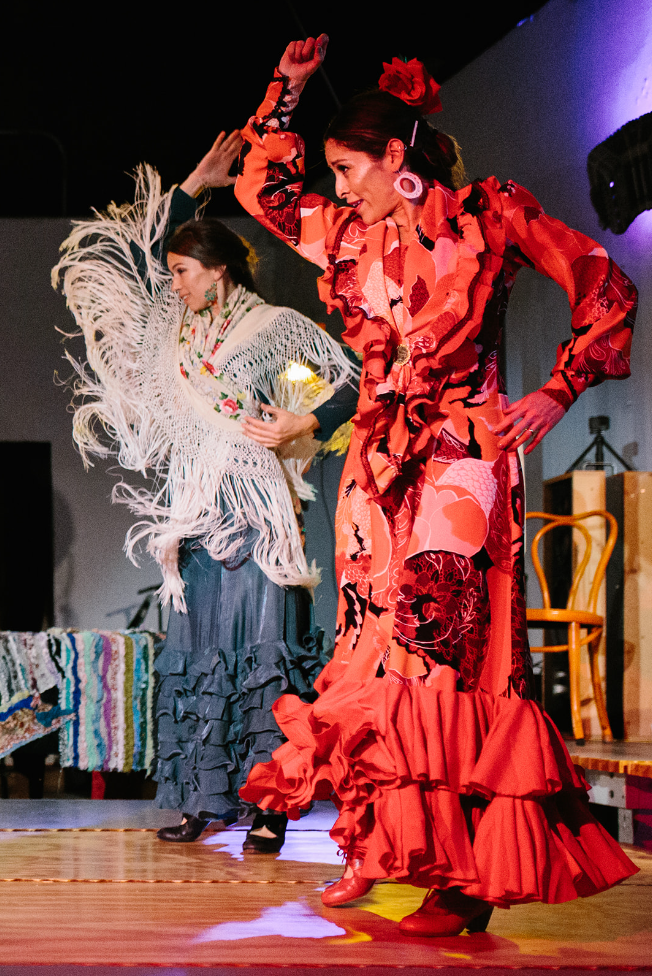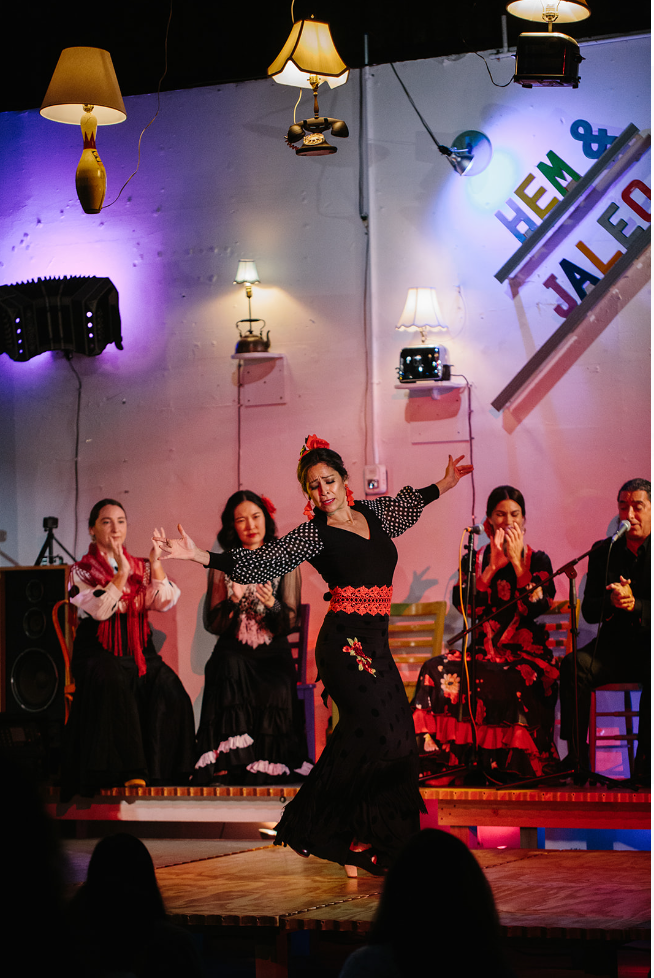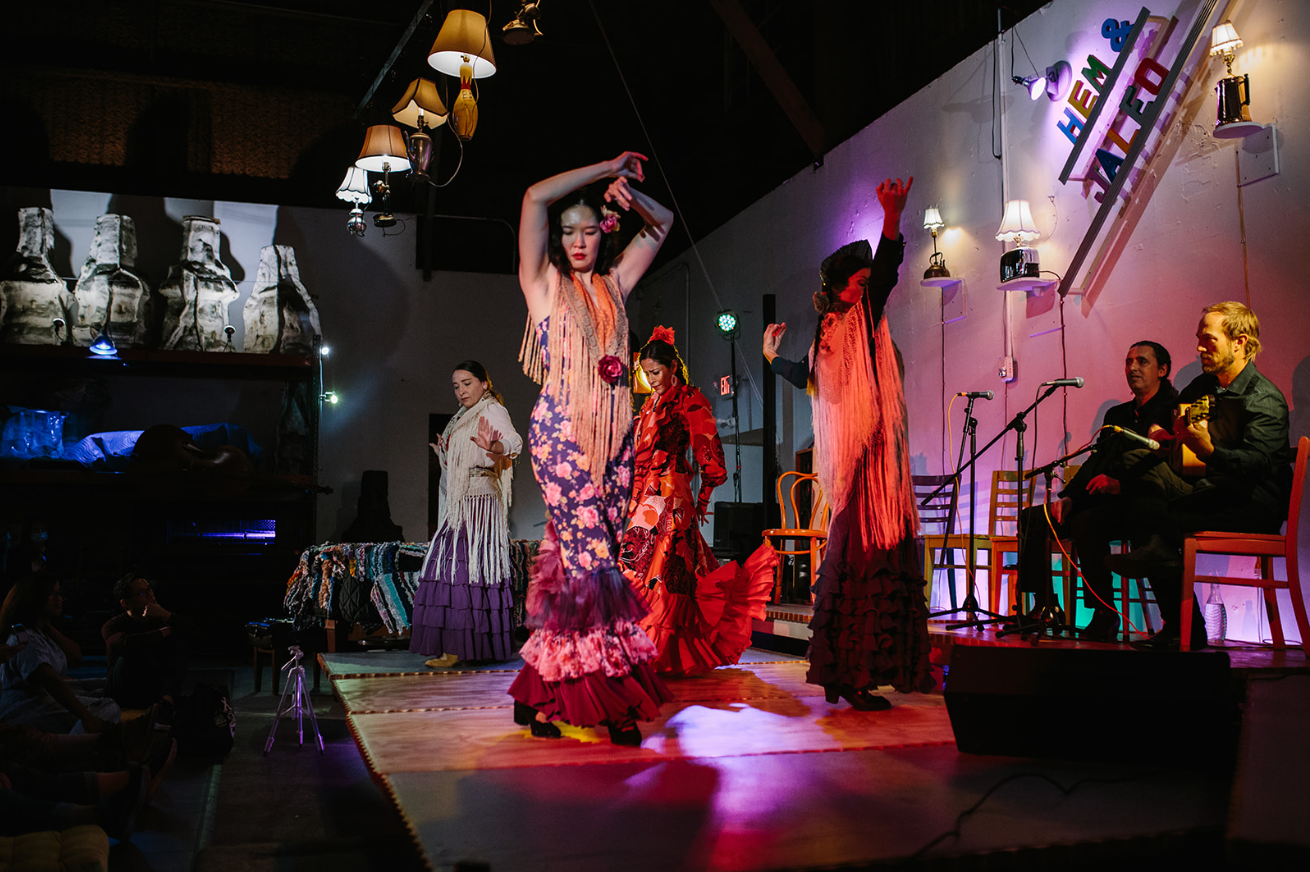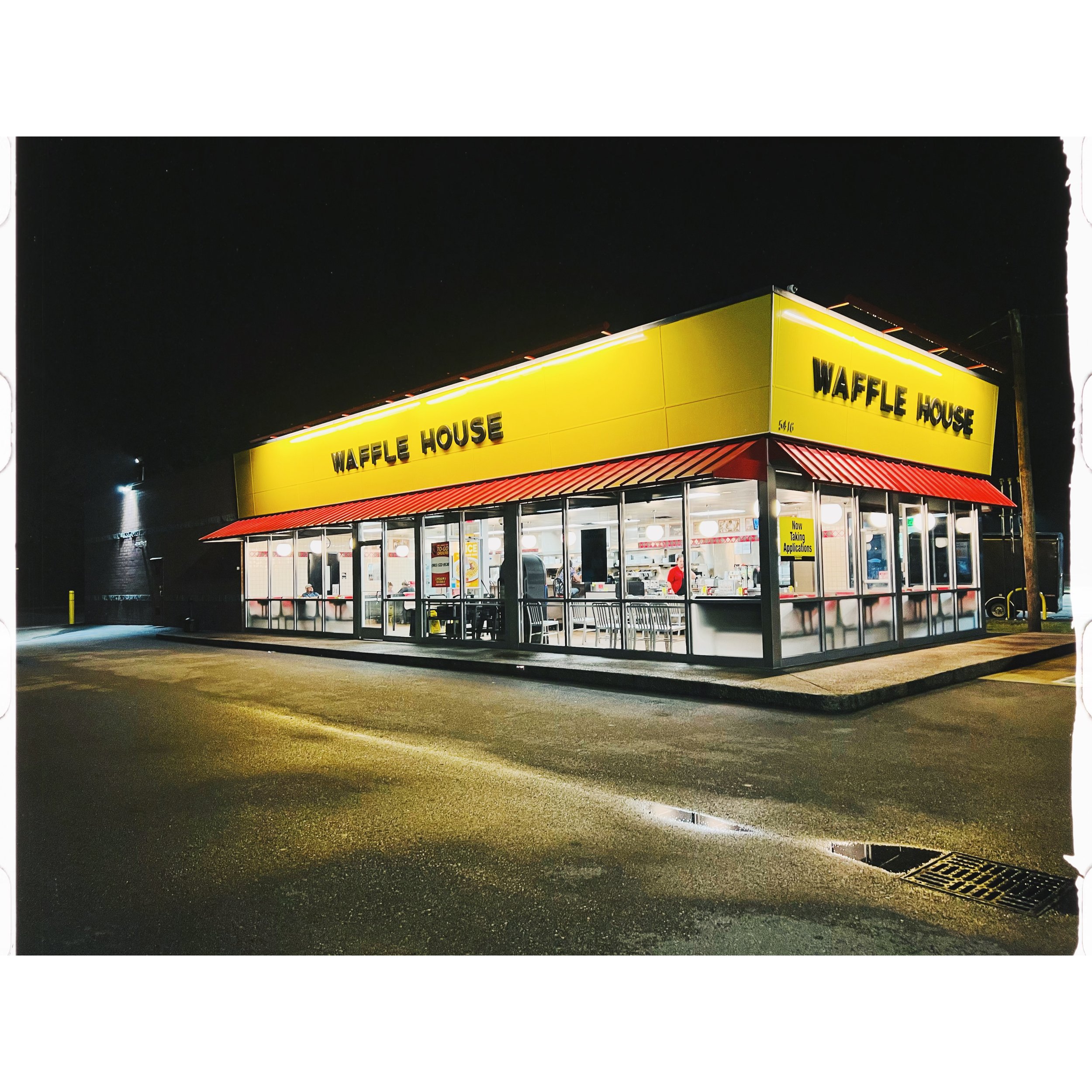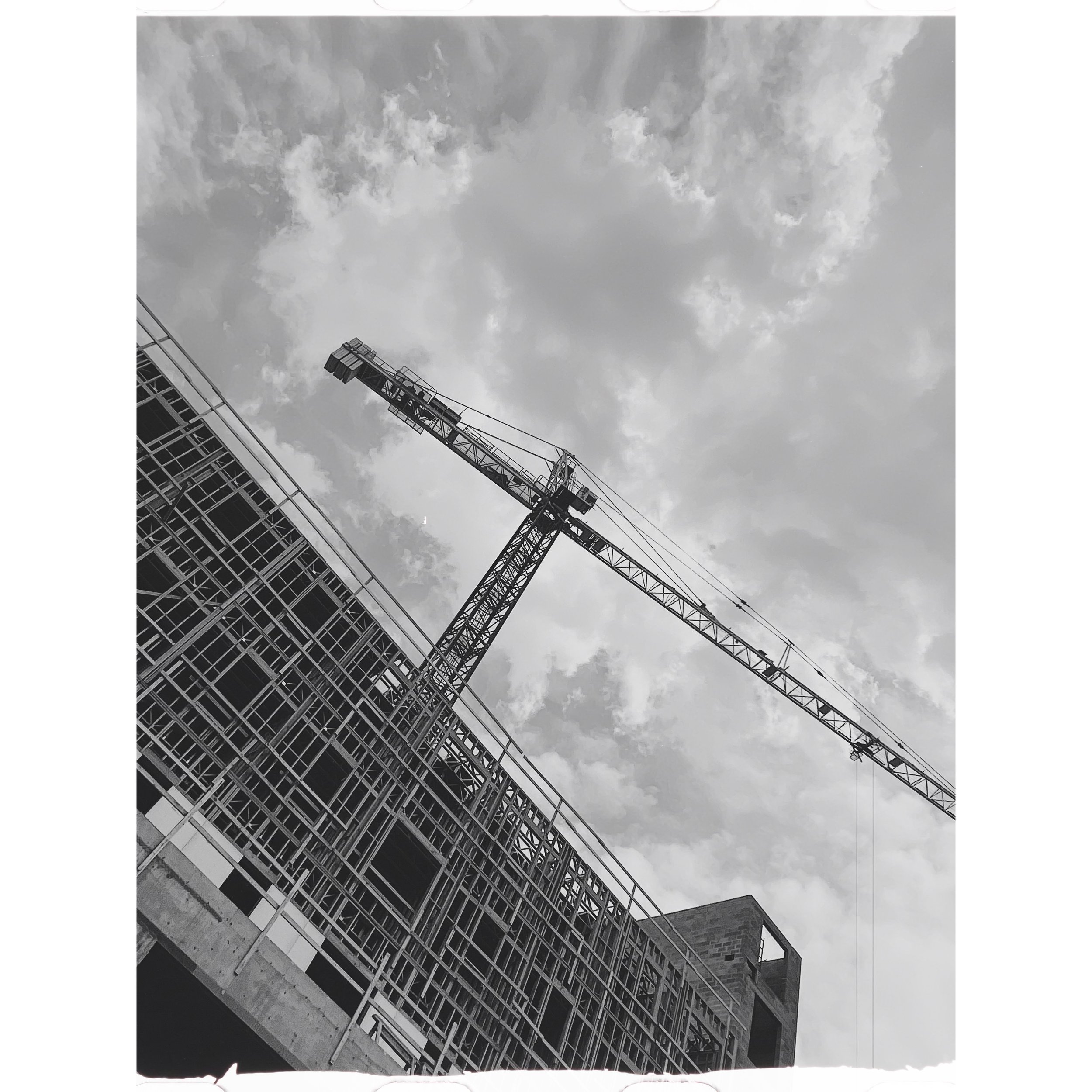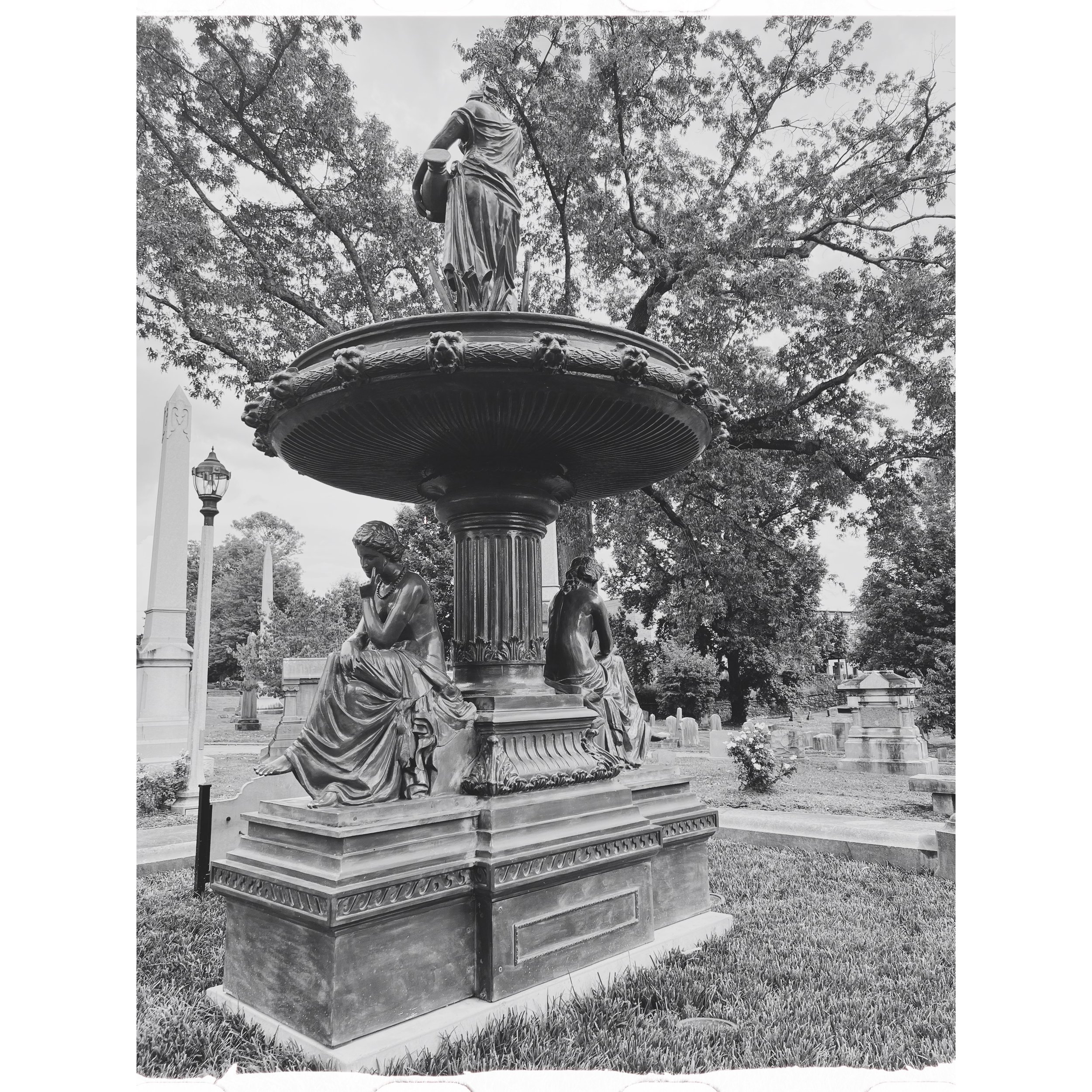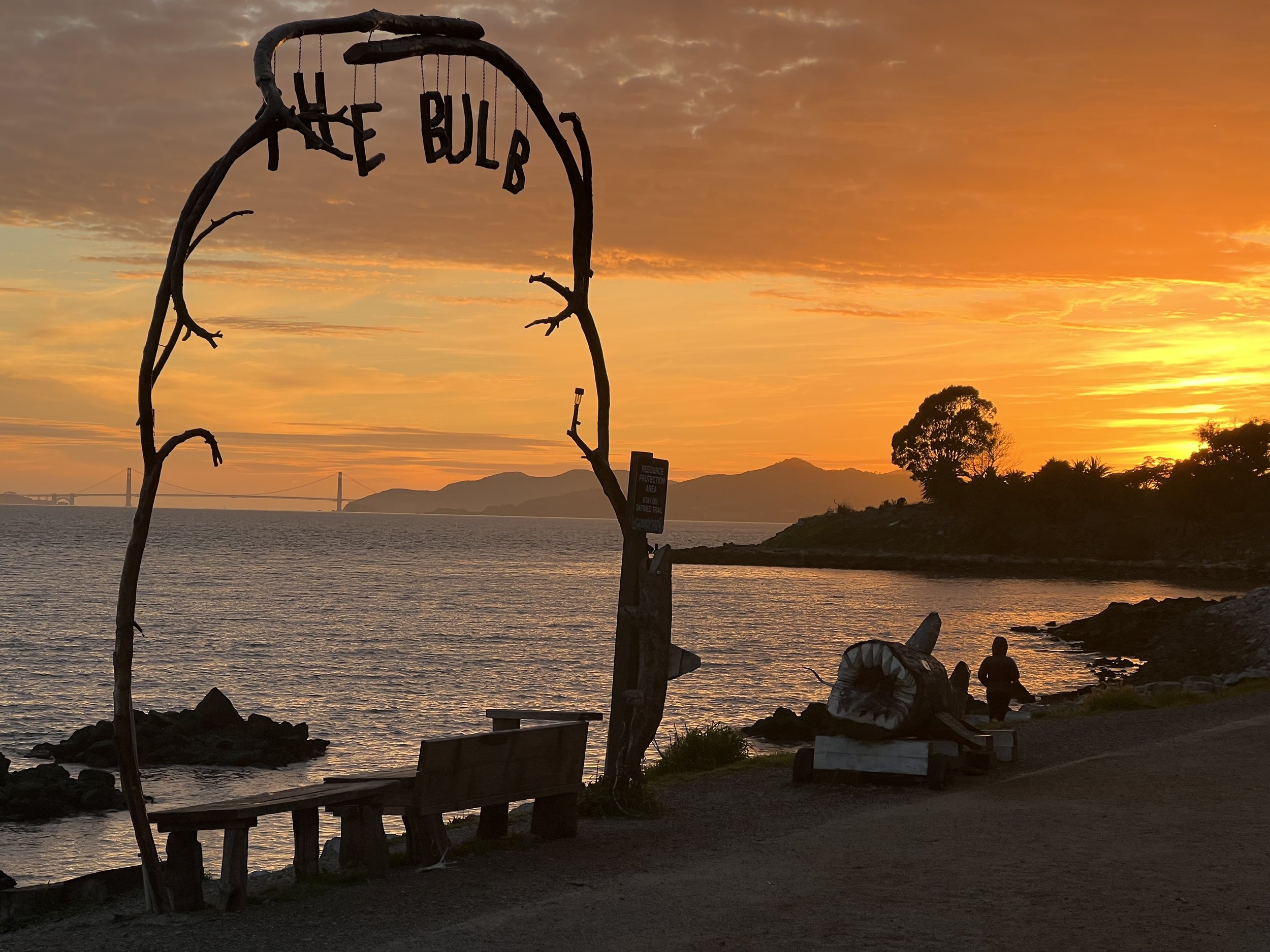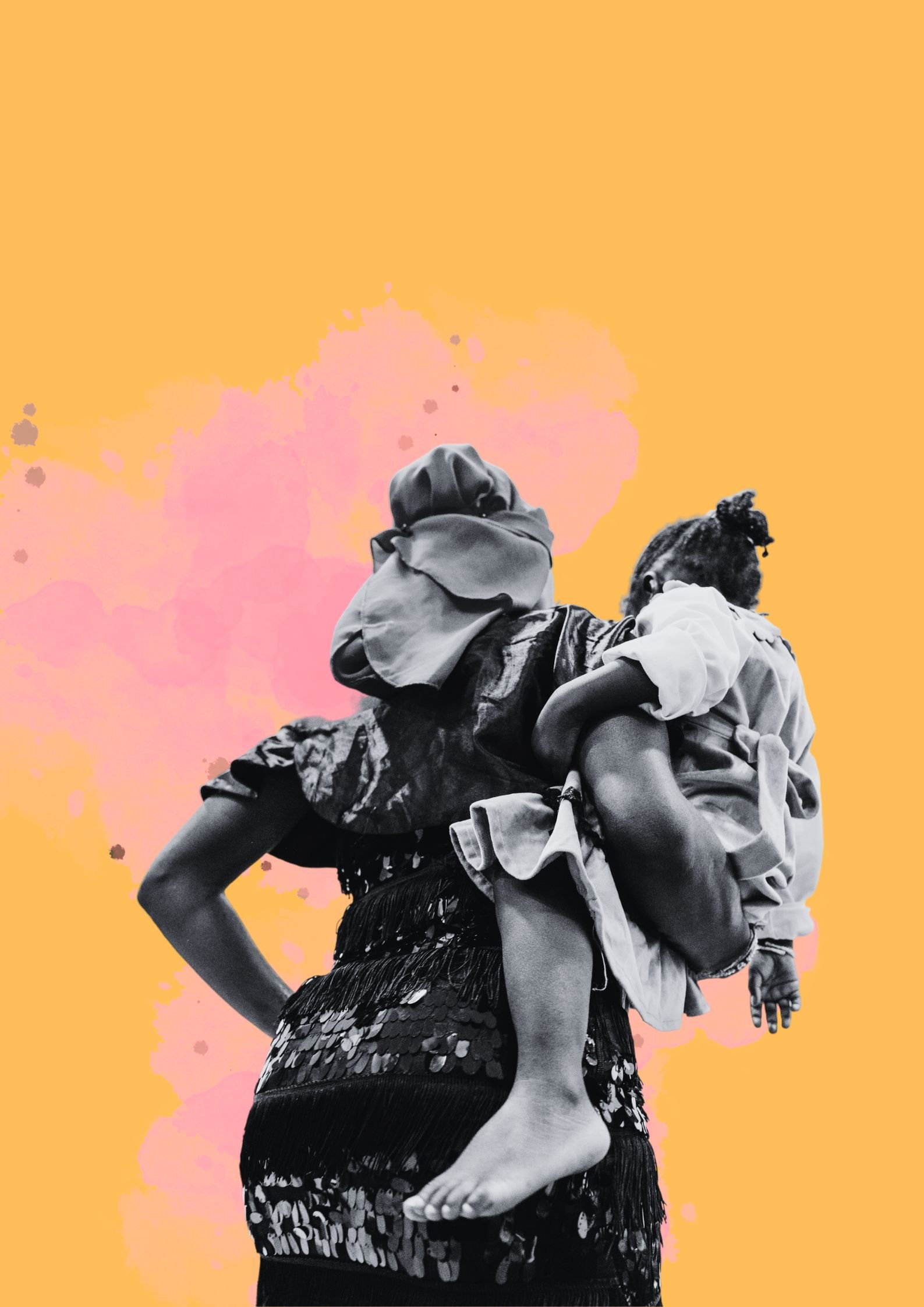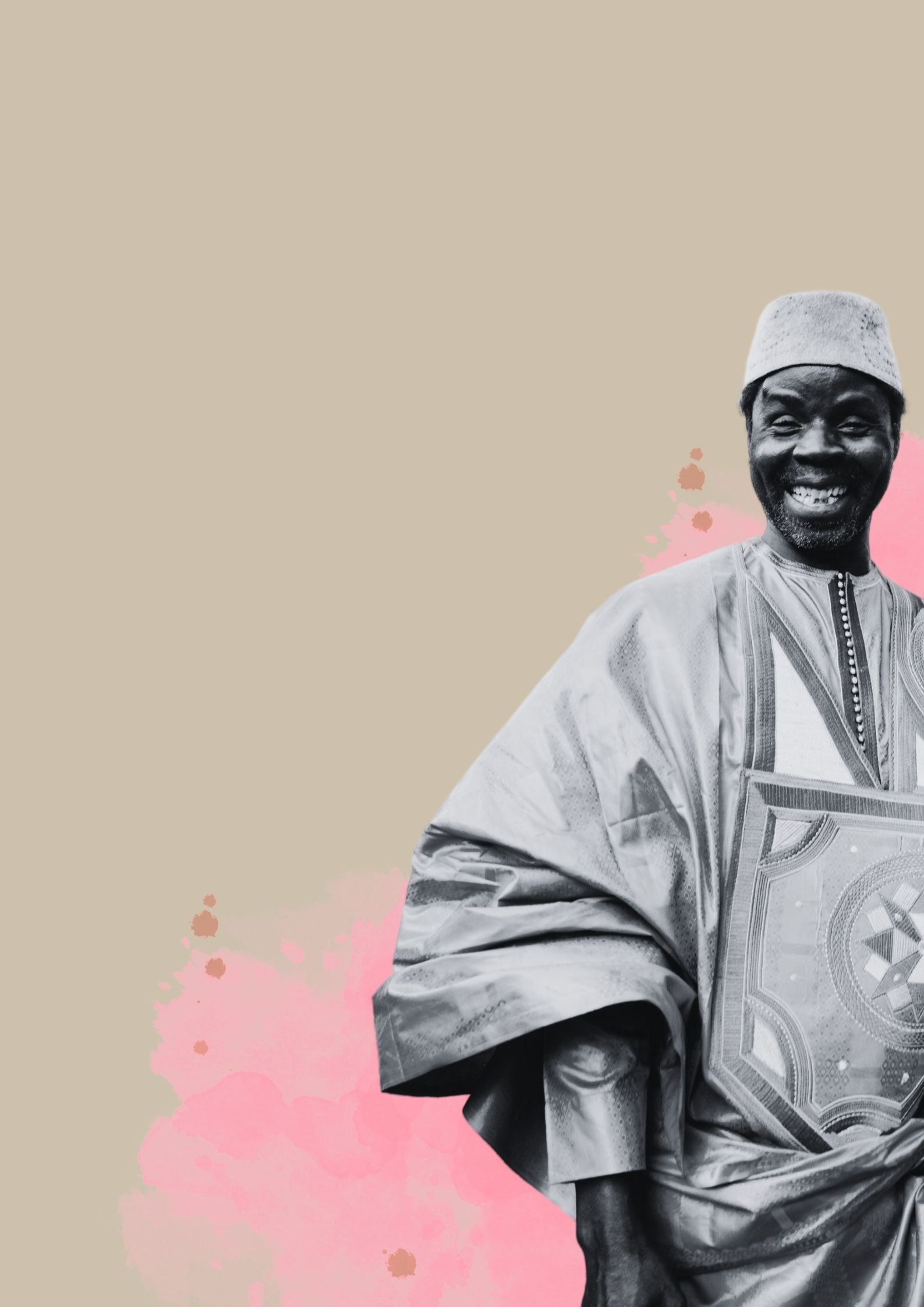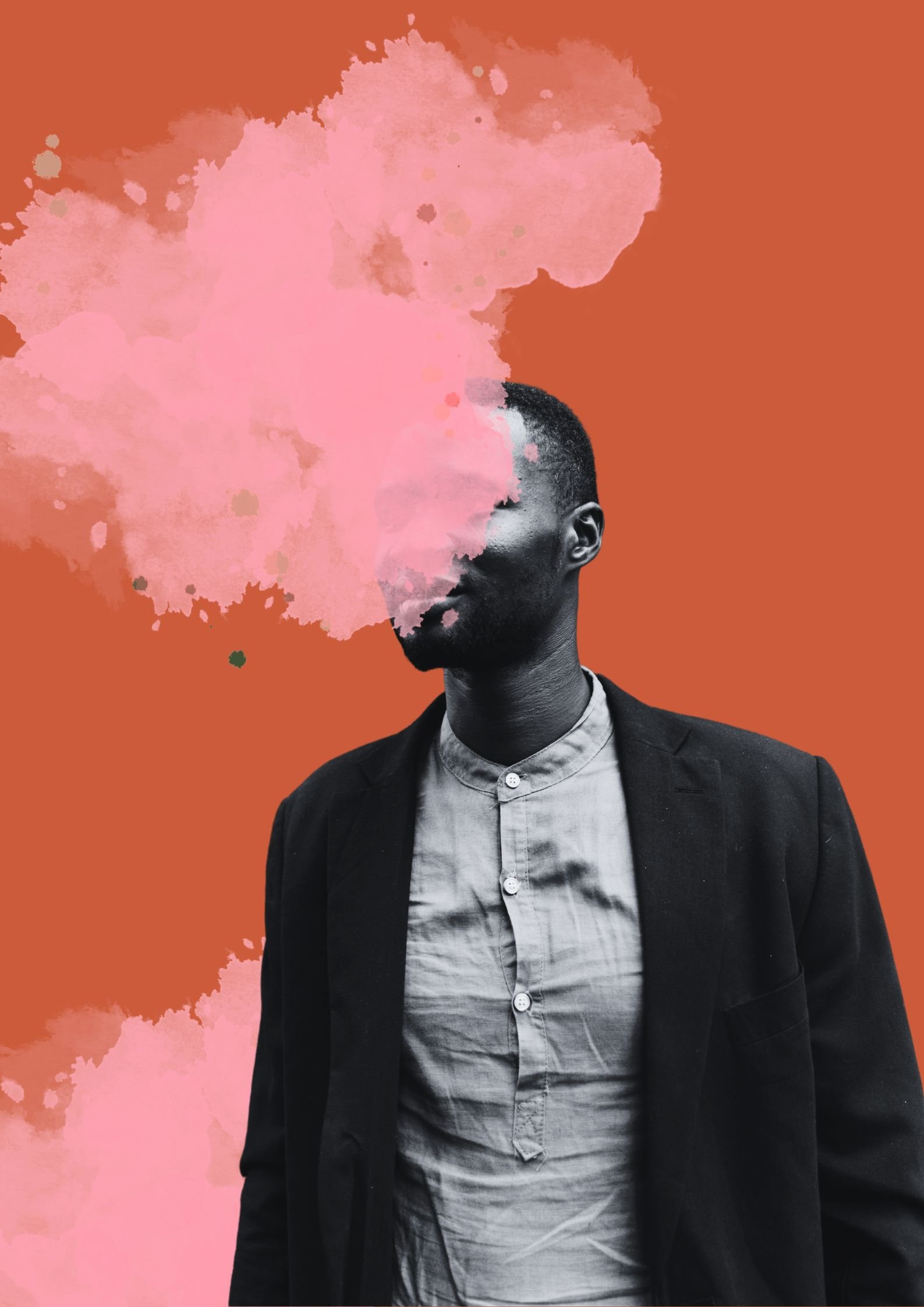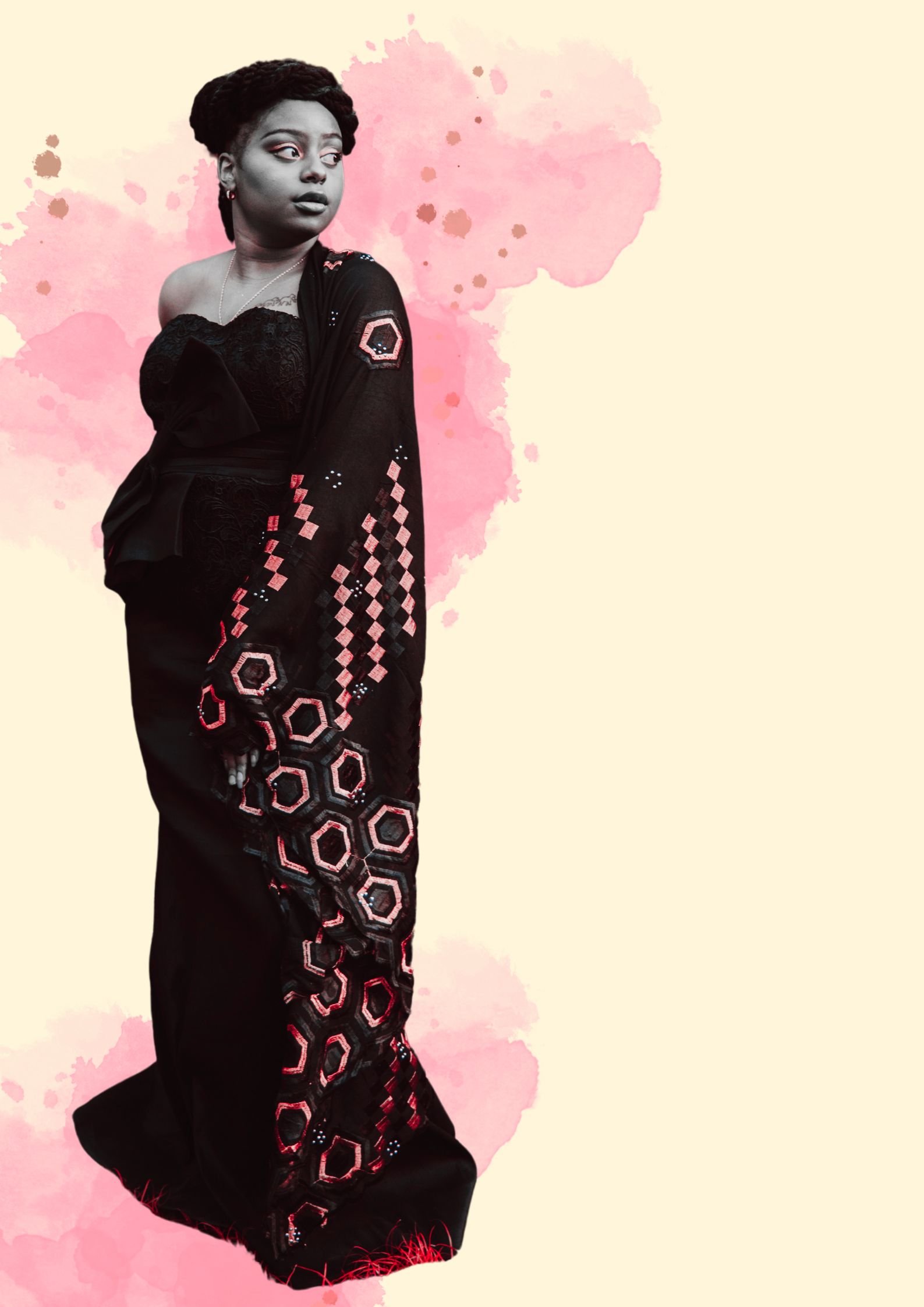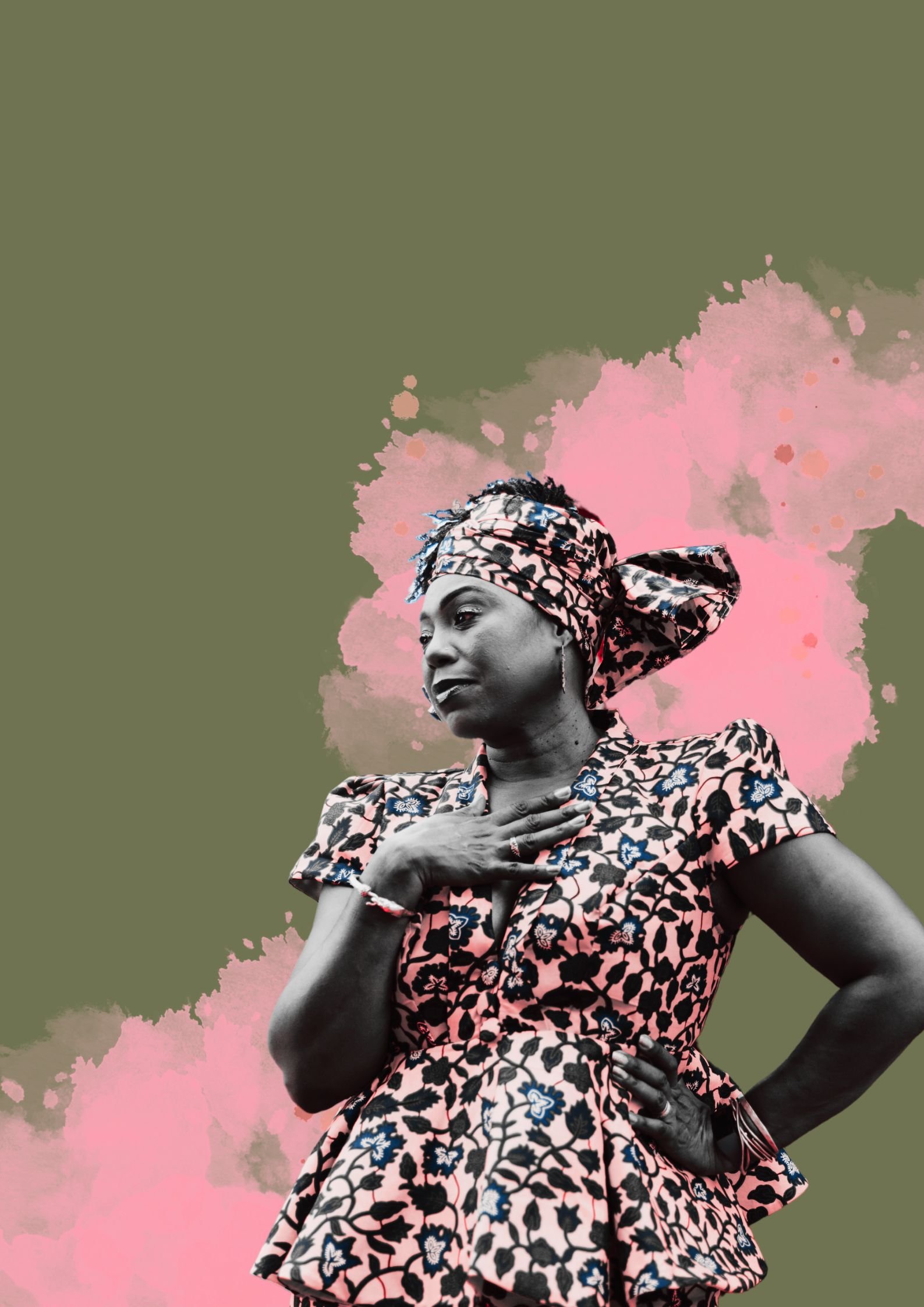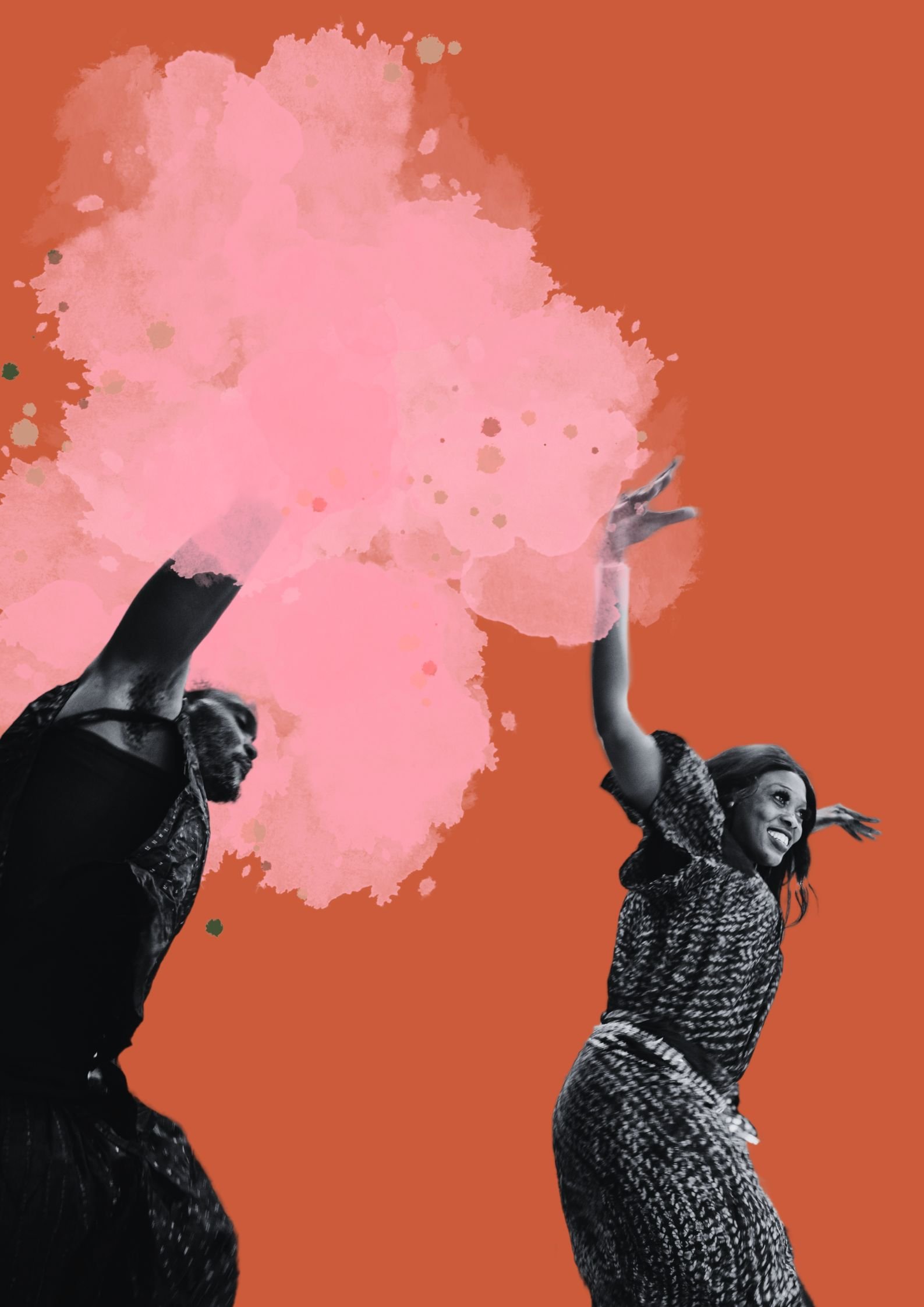When East Bay photographer, Michelle Mendieta Mitchell and I got curious about the SF Chronicle’s series, The Graying Bay, we began creating a photo archive of what life in our own neighborhood looks like.
Date: ongoing 2025–26
Method: photographic community archive
Impact: The project is ongoing and continues to gain momentum as a neighborhood collaboration. The growing body of photographs has also surfaced as a hyperlocal way of moving beyond a flat demographic story of housing shortages and affordability issues as we explore the spectrum of lives lived in our neighborhood.
We’ve been invited to exhibit the collection at a local WOB and look forward to how the project will evolve in 2026.
M and her pullet, Honey
neighbor Don and his BunBun
a young family that attends school on our block explores the local granite
P and her companion, Bubba
Is your organization working to make demographics come to life in vivid color? Let’s work together!



